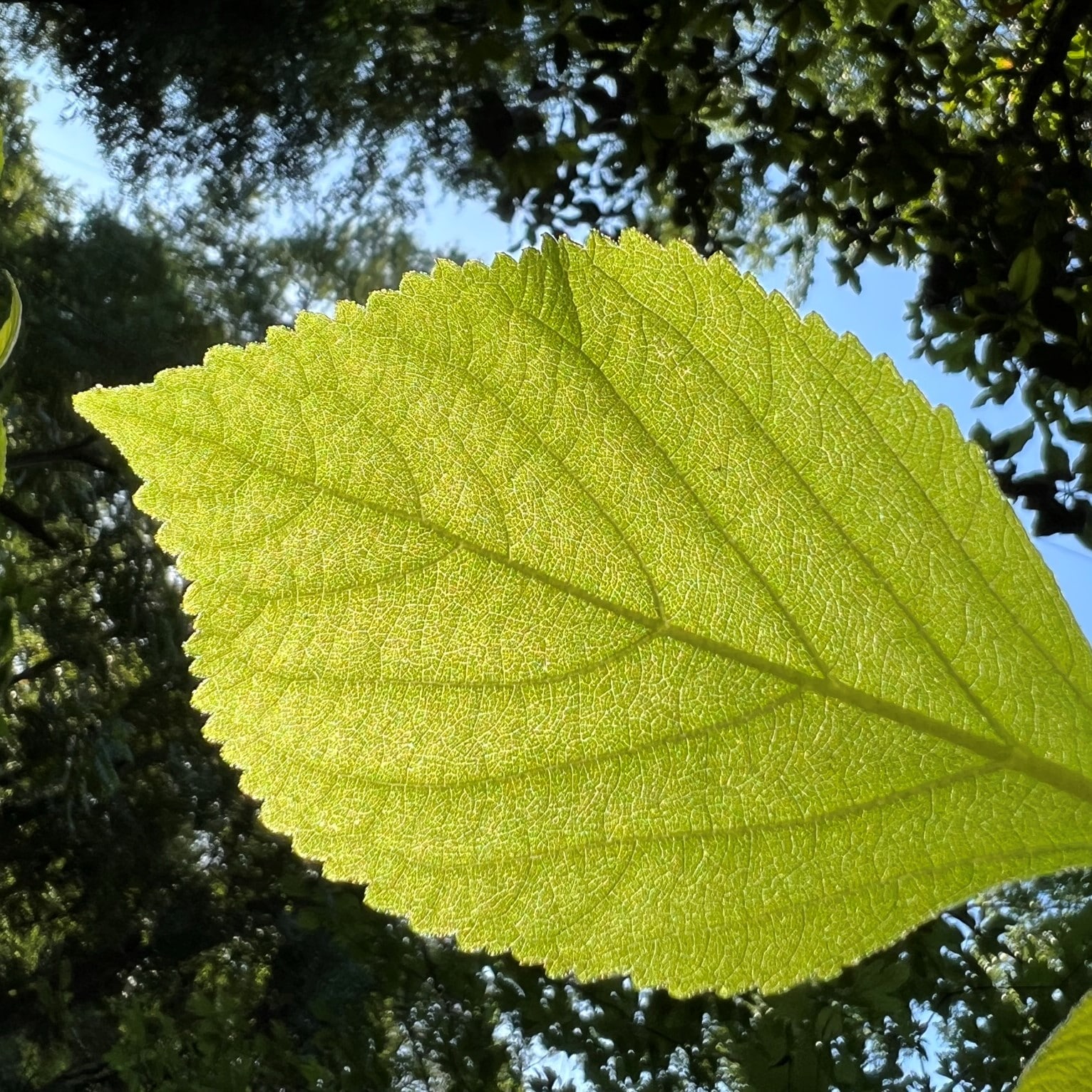We all learned about the power of plants in elementary school when we studied photosynthesis. The word itself points out the basic concept – the power of light from the sun (photo) generates (synthesis) carbon compounds. Elementary students learn that carbon dioxide, water and nutrients are transformed by light from the Sun into sugars within the tissues of leaves.
I later learned the complex details in college, but the important point here is that this process drives the growth of plants and fuels most of life on earth. Yeah, it’s important and it happens every day in the leaves of all plants. Here are the basics of the superpower of plants.
The infrastructure that supports photosynthesis is found in the leaves and green stems of plants. The green reference is all about the reflective color of the main pigment that makes photosynthesis possible – chlorophyll. We see green because that is the color in the spectrum of light that is reflected to our eyes and not absorbed by chlorophyll.
Violet, blue and red in the light spectrum is the portion of light that is absorbed by chlorophyll and drives the first step in photosynthesis. Light energy is converted to chemical energy in the complex system of chlorophyll-packed structures of leaf cells – chloroplast. That energy is used in the 2nd step of the process that splits carbon from carbon dioxide and water and releases oxygen.
But chlorophyll is not the only pigment that supports the process. Red, orange and yellow pigments called carotenoids are also present but are masked by the more abundant chlorophyll. These are the colors of fall, after chlorophyll dies. They cannot drive photosynthesis on their own but do support the process of energy capture that is centered in chlorophyll.
As for how the other ingredients of the process get to the leaf cells, water and nutrients are easy to understand, as they are transported from the roots to the leaves through the plant’s circulatory structures. Carbon dioxide enters leaves directly from the air through tiny holes in the leaves called stomata, that can open and close to regulate entry of air, but also limit the loss of water when plants experience draught conditions.

The product of the 2nd step of photosynthesis are carbohydrates, in the forms of glucose (transformed to sucrose for transport to other parts of the plant) or starch. Sucrose drives growth of all parts of the plant directly. Starch is a form of storage for later use, stored in structures like tubers (potatoes are an example).
As to how plants transport these elements of the process from leaves to roots and back again, that is another story. For this tale, it is enough to just marvel at the superpower of plants to transform energy from sunlight into sugars that form the base of most food chains of our natural world.
Hope to see you in our great outdoors!